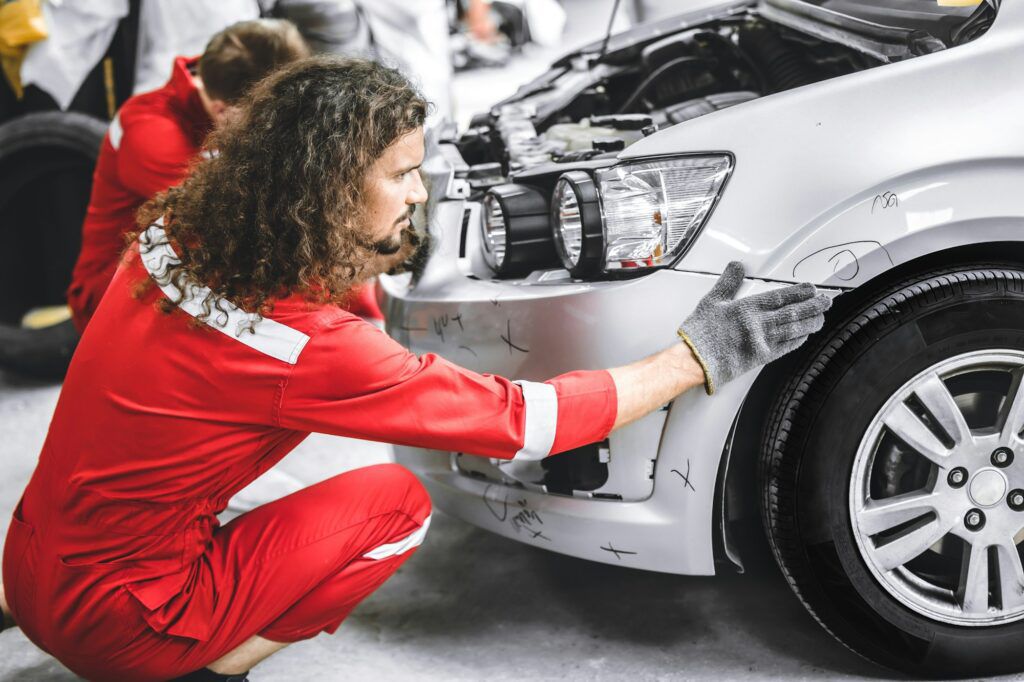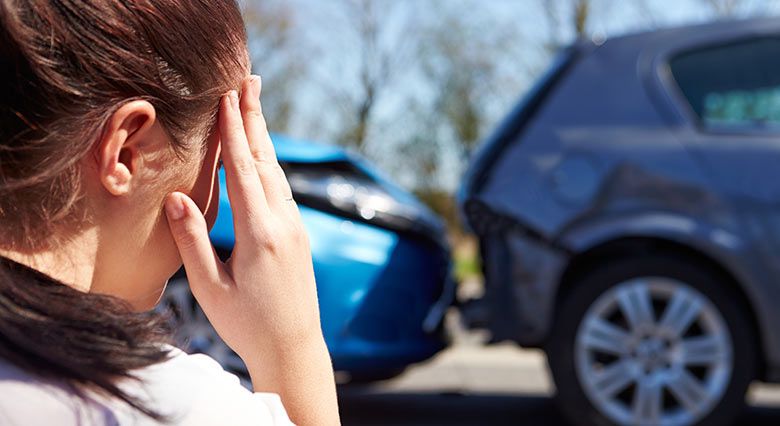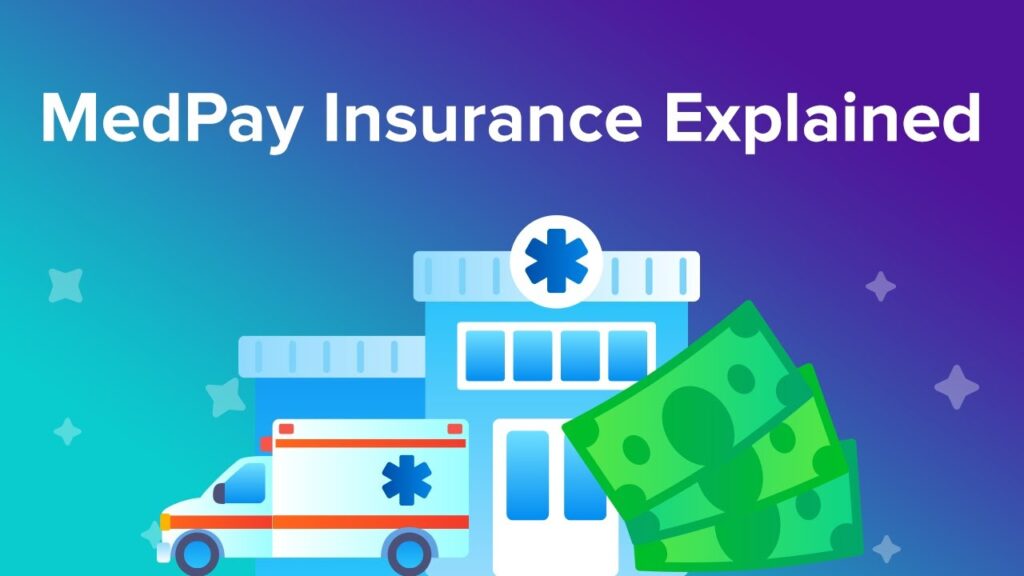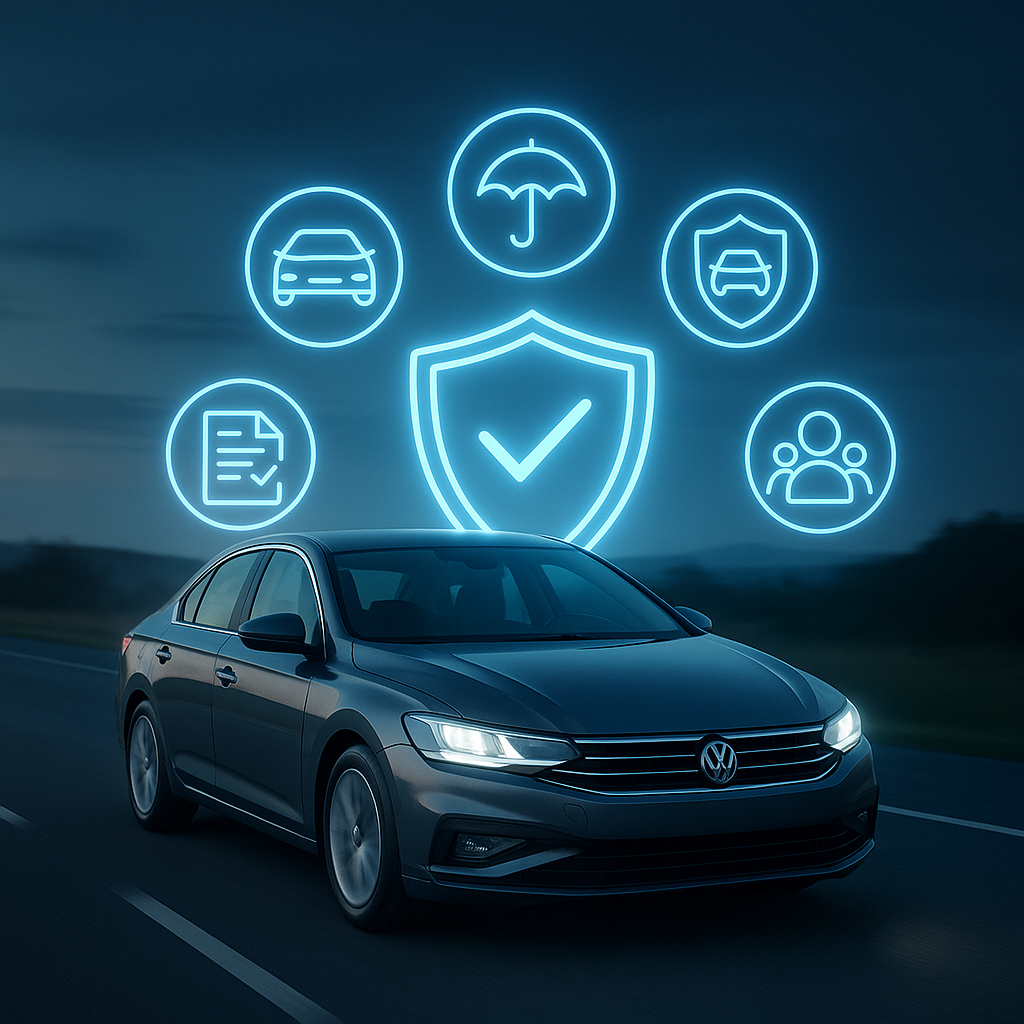Car Insurance Coverage Types Explained: understand liability, collision, comprehensive, uninsured motorist, and medical payments coverage in one simple guide.
1. Liability Coverage – The Must-Have
If you drive, liability insurance isn’t optional—it’s the law in most states. But more importantly, it’s what keeps you from paying thousands out of pocket if you injure someone or damage their car.
Imagine you rear-end another driver at a stoplight. Without liability coverage, you’d be stuck paying their hospital bills and repairing their vehicle. With coverage, the insurance company steps in.
Bodily Injury Liability covers medical expenses and legal costs if you hurt someone.
Property Damage Liability covers the damage you cause to someone else’s car or property.


2. Collision Coverage – Protecting Your Car
Liability only protects others. What about your own car? That’s where collision coverage comes in.
Let’s say you misjudge a turn and slam into a pole. With liability only, you’re paying the repair bill yourself. With collision coverage, your insurer handles the costs—even if the accident was your fault.
Great for newer or financed cars.
Without it, repairs come straight from your pocket.

3. Comprehensive Coverage – Beyond Accidents
Sometimes the biggest threats to your car don’t come from the road. Comprehensive coverage handles everything outside of a crash:
-
Theft
-
Fire
-
Vandalism
-
Natural disasters like storms, floods, or hail
If you live in an area prone to extreme weather—or if your car is worth a lot—this coverage can be a lifesaver.
Want the official definitions? Visit the NAIC Auto Insurance Consumer Guide.
4. Uninsured & Underinsured Motorist Coverage – Protecting Yourself from Others
Here’s a scary fact: millions of drivers out there don’t carry enough insurance—or none at all. If one of them crashes into you, who pays? Without UM/UIM coverage, the answer could be: you.
This coverage steps in when the other driver can’t. It helps cover:
Your medical expenses
Lost wages
Car repairs
Highly recommended if you live in a state with a lot of uninsured drivers.
“Last year, a freind of mine was hit by a driver who didn’t have insurance. His car was almost totaled, and the hospital bills kept piling up. Because he didn’t have uninsured motorist coverage at the time, he had to pay for everything himself. Later, he switched policies to include UM coverage—and just a few months later, when another uninsured driver rear-ended him, his insurance company covered all the costs. That one change saved him more than $12,000.”

5. Medical Payments Coverage (MedPay) – Extra Health Protection
Accidents don’t just damage cars—they injure people. MedPay makes sure medical bills don’t become another accident.
Even if the accident was your fault, MedPay helps with:
Ambulance rides
Hospital visits
Surgeries
It also covers your passengers. Think of it as a safety net that works alongside your health insurance.

6. Choosing the Right Mix of Coverage
So, which ones should you actually carry? The truth: there’s no one-size-fits-all.
Ask yourself:
What’s my budget?
How much is my car worth?
Do I drive often in risky areas (traffic-heavy cities, storm-prone states)?
💡 Pro tip: Don’t just stick with one company’s quote. Compare across multiple providers—you’ll be surprised how much rates can differ.
✅ Final Thoughts
Car insurance isn’t just a box you check to be “legal.” It’s protection from life’s unpredictability—whether it’s a fender bender, a fallen tree, or an uninsured driver.
From liability (your legal safety net), to collision, comprehensive, UM/UIM, and MedPay, each piece covers a different risk. When you put them together, you’re not just insuring your car—you’re protecting your future.
👉 Action step for you: Take 10 minutes today to review your policy. Are you missing coverage that could save you thousands tomorrow? If so, it’s time to make adjustments.

